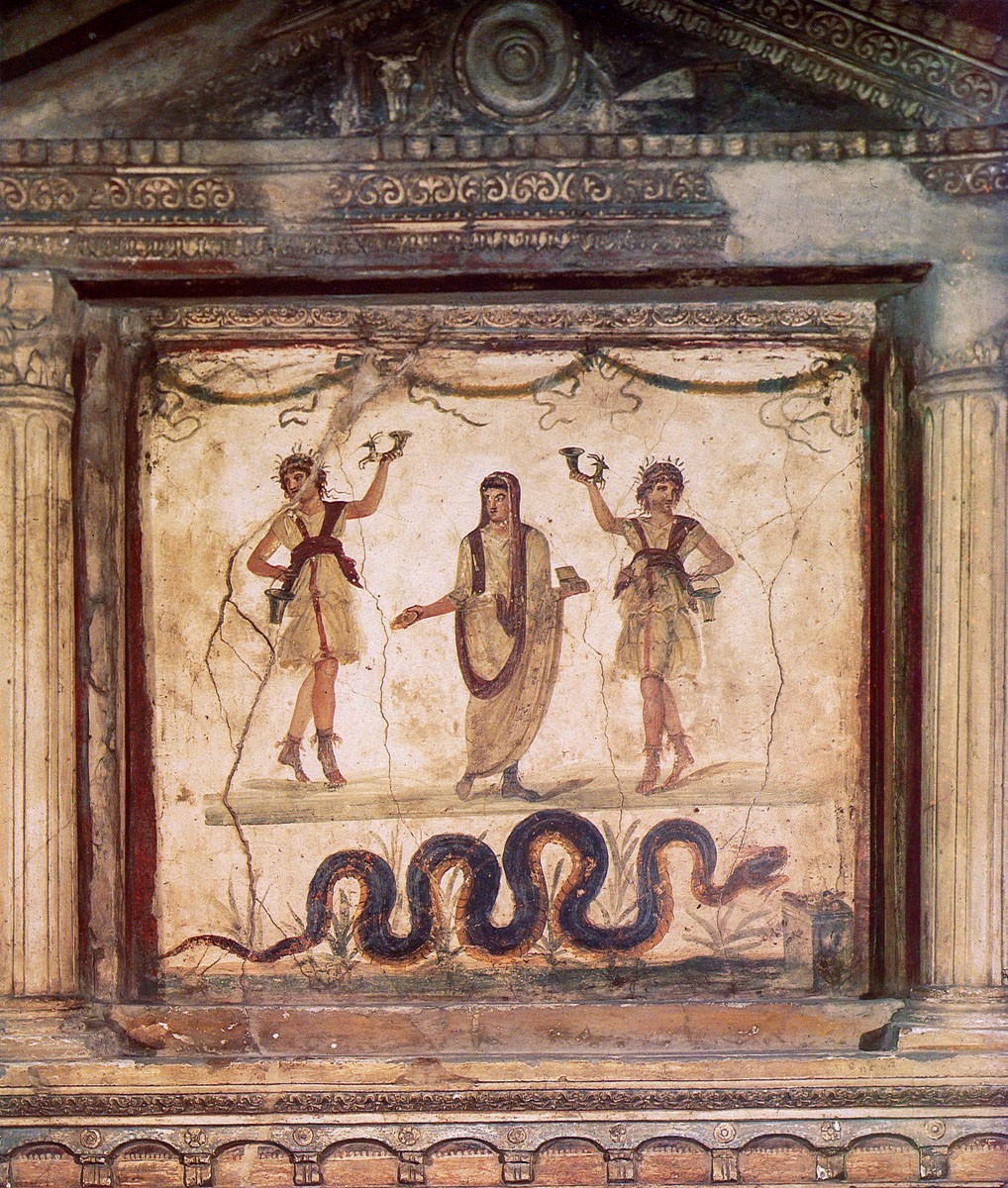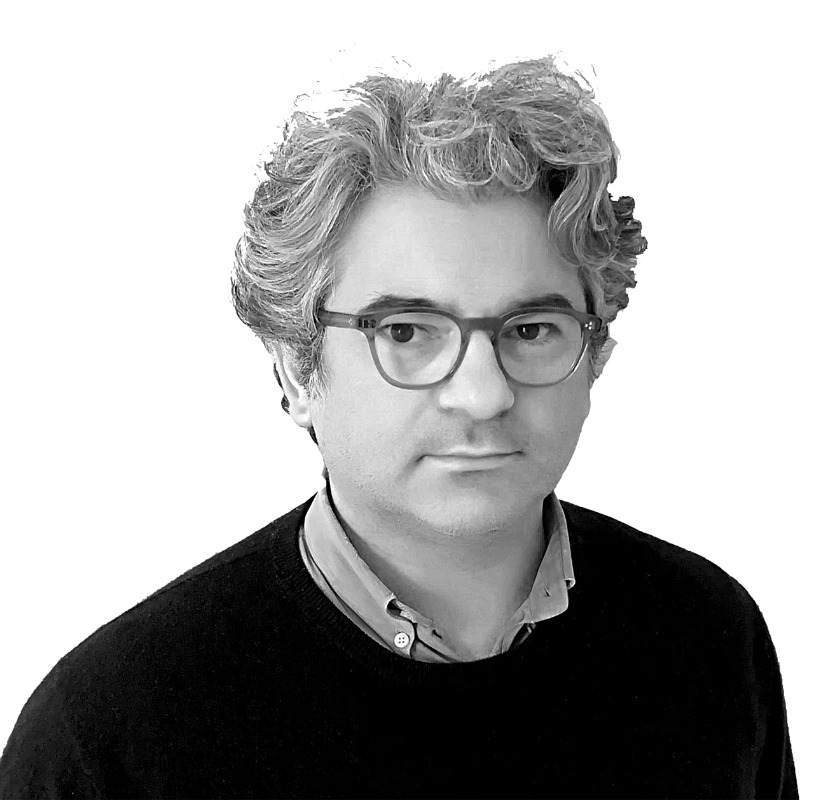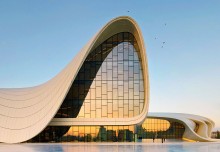Translatability and Untranslatability in Architecture: Genius Loci.
2nd June 2022
12:15h
Amphitheatre
Manuel Orazi
The lecture poses three main questions: 1) How do architectural styles, traditions, conventions travel across cultures? 2) How can we describe the cultural specificities of architectural expressions that make them untranslatable? 3) Why is it important ̶ yet, if it is ̶ that architecture “travel” through translation? The treatises of the Renaissance are a good example for answering to the first question and for testing and verifying the diffusion of models, concepts, forms through the first printed publications, from Vitruvius to Palladio. The book Genius Loci (1979) by Norwegian historian Christian Norberg-Schulz, written in Italy during the 70’s in a close dialogue with Paolo Portoghesi, is a valid example to answer to the second question at the dawn of the Post-modern age. Exploring untransability is a negative way (via negationis) to fully understand what is really translatable The third question is open and led to other questions and possible contemporary examples in the theoretical work of Peter Eisenman or Rem Koolhaas.
The lecture is organized in cooperation with Laboratory for the Theory, Creation, and Politics of Space (IFDT).
Manuel Orazi is an Historian of Architecture and a teacher. He works for the publishing house Quodlibet where is the editor of the architecture titles. Orazi studied at the IUAV University of Venice and obtained a PhD in History of Architecture and of the City. He has taught at the Universities of Camerino, Bologna, Ferrara and Accademia di Architettura di Mendrisio (USI), and has been collaborating with the magazines such as Domus, Log and Abitare. Together with Marco Vanucci, Orazi coordinates the Visiting School for the Architectural Association “Adriatica. Local Structures for a New World Order” this year based in Pesaro (August 22 – September 2).









